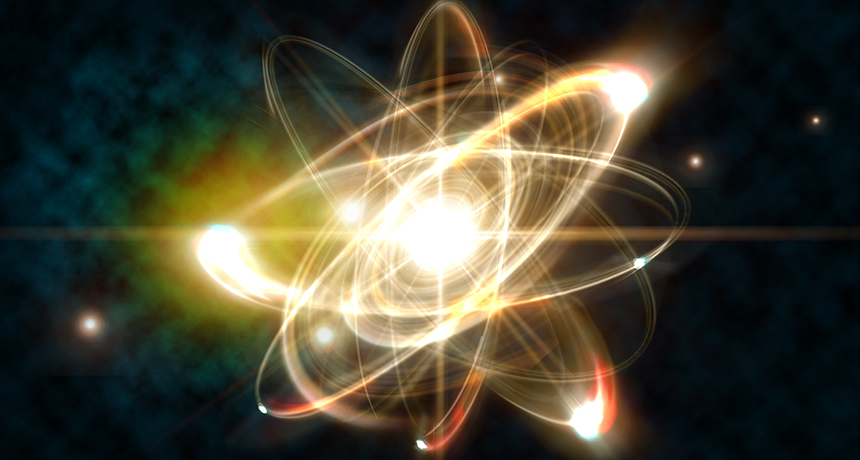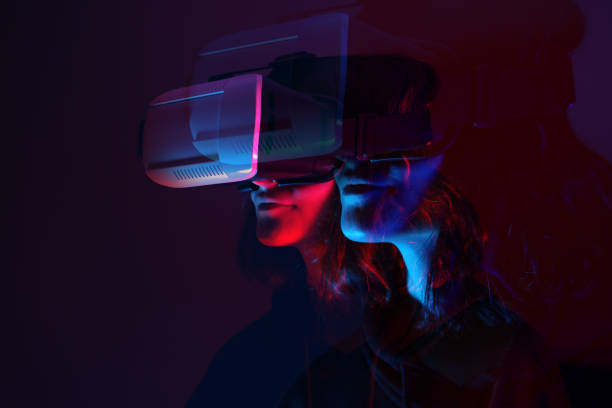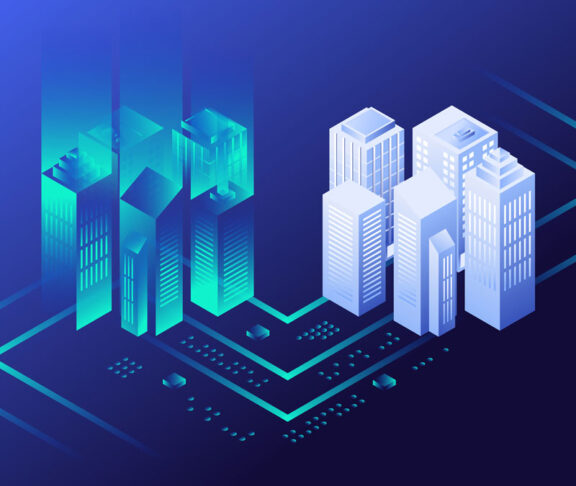All throughout history, humanity has been guided by curiosity—an endless hunger to know what lies beyond the visible, what lurks behind the familiar order of things. From the moment ancient thinkers first asked what the stars were, to the time Newton revealed the laws of gravity, and to Einstein’s rewriting of space and time, our species has lived on the edge of discovery. Yet, what if some of the most daring experiments in physics today are not merely tools for understanding, but gateways to reshaping reality itself?
These experiments, often shrouded in secrecy or hidden within high-tech laboratories beneath mountains and deserts, carry implications that could rewrite the laws of existence. They push against the boundaries of what we believe possible, probing not only the fabric of the universe but the very assumptions on which our reality stands.
We are entering a new frontier of physics where questions once considered philosophical or even mystical are becoming scientific. Could space-time itself be manipulated? Could matter be conjured out of the void? Could consciousness and reality be entangled in ways we have barely imagined? These questions do not live in science fiction alone. They emerge, quietly and dramatically, from experiments now unfolding in the laboratories of the 21st century.
Peering Into the Quantum Abyss
The quantum world is where physics first began to whisper of realities stranger than imagination. At its heart, quantum mechanics tells us that particles exist in multiple states at once until observed, that entanglement ties distant objects together instantaneously, and that the vacuum of space itself is not empty but boiling with invisible energy.
Experiments in quantum physics are no longer limited to abstract speculation. Quantum computers now use superposition and entanglement to process information in ways that could make classical machines seem primitive. Yet in testing these principles, scientists are uncovering something even deeper: reality itself may not be fixed.
When researchers create entangled particles and separate them by kilometers, they behave as if distance does not exist. Information seems to pass between them faster than light, defying Einstein’s rules. Though carefully measured to avoid contradictions with relativity, these tests suggest that the fabric of reality is not built on locality, but on something more fundamental—connections outside space-time.
If entanglement is real on the cosmic scale, then perhaps the universe itself is woven from such invisible links. Secret experiments now aim to stretch these tests further—using satellites, deep space transmissions, and new detectors to see whether entanglement is not a laboratory trick but a principle of reality that spans galaxies. If confirmed, it may mean that our reality is not local, not fixed, and not bound by the limits we once believed.
The Hunt for Hidden Dimensions
The Large Hadron Collider, buried beneath the border of Switzerland and France, is often associated with its 2012 discovery of the Higgs boson—the particle that gives mass to matter. But behind this triumph lies an even more audacious goal: the search for hidden dimensions.
Our familiar reality unfolds in three dimensions of space and one of time. Yet, theoretical physics suggests there may be many more. String theory, one of the leading attempts to unify quantum mechanics with gravity, proposes that tiny vibrating strings exist in up to eleven dimensions. Most of these dimensions are curled up, invisible to us, but their presence may subtly shape the cosmos.
Experiments at particle accelerators are designed to smash matter into such extremes that the effects of hidden dimensions might leak into our observable world. A missing particle here, an unexplained burst of energy there—these could be clues that reality is far richer and stranger than the dimensions we see.
Some theorists suggest that gravity itself may be weak not because it is feeble, but because it leaks into extra dimensions. If true, experiments could one day find evidence of parallel universes pressing against ours, hidden just beyond the curtain of perception. Such discoveries would not only expand our vision of reality but challenge our very sense of place in the cosmic order.
Energy From the Vacuum
One of the most mysterious experiments in physics concerns the vacuum itself. To most, a vacuum means nothingness—empty space devoid of matter. But quantum theory insists that the vacuum is anything but empty. Instead, it is alive with fluctuations, tiny bursts of energy that appear and vanish in unimaginably short timescales.
This energy, called zero-point energy, is thought to be the lowest possible state of the universe. Experiments such as the Casimir effect—where two metal plates placed extremely close together are pulled inward by vacuum fluctuations—prove that this invisible energy is real.
The question now being pursued in secretive laboratories is whether this energy can be tapped. If zero-point energy could be harnessed, it would represent an inexhaustible source of power, far surpassing nuclear energy. It would mean drawing usable energy from the fabric of reality itself.
Skepticism is high, and many physicists caution that the laws of thermodynamics may forbid such extraction. But experiments continue, quietly, with exotic materials, nano-structures, and intense electromagnetic fields. The stakes are enormous. Success would mean unlimited power for humanity, a literal reshaping of civilization. Failure, however, could confirm that reality’s deepest energy remains forever untouchable.
Bending Time
Few ideas capture the imagination like time travel. While popular culture fills this with fantasies of visiting ancient civilizations or future worlds, physics treats time with a cold rigor. Yet, Einstein’s theories of relativity already showed that time is not absolute. It bends, stretches, and slows under the influence of speed and gravity.
Experiments today are testing the limits of this elasticity. Atomic clocks flown on planes tick at different rates than those on the ground. Satellites in orbit must adjust for time dilation in order for GPS to function accurately. Time, it turns out, is not fixed—it is relative, malleable, and dependent on motion and mass.
Beyond these well-tested effects, speculative experiments ask whether closed time-like curves—loops in space-time predicted by certain solutions to Einstein’s equations—could be engineered. High-energy lasers, rotating black holes, or even quantum entanglement could, in principle, bend time into strange loops.
Though such experiments remain theoretical, research into wormholes and cosmic strings—exotic structures that might tunnel through space-time—suggests that the universe itself allows for the possibility of time manipulation. If humanity ever learns to engineer such conditions, reality would shift from being a one-way arrow to a multidimensional tapestry where past and future intermingle.
Consciousness and the Quantum Enigma
Perhaps the most controversial frontier of secret physics experiments is the link between consciousness and reality. The quantum measurement problem—the fact that particles exist in multiple states until observed—raises profound questions. What role does observation play in collapsing probabilities into reality?
Some experiments with quantum mechanics hint that the act of measurement is not merely mechanical but may involve awareness. Double-slit experiments show particles behaving differently when observed, suggesting that reality itself depends on interaction. This has inspired some physicists and philosophers to explore whether consciousness and the physical world are inseparable.
While mainstream science remains cautious, laboratories quietly test whether human intention can influence quantum outcomes. Random number generators, entangled photons, and brainwave synchronization are studied to see if mind and matter are more deeply connected than we realize. If proven, it would mean that consciousness is not merely a byproduct of the brain but an active participant in shaping reality.
The implications would be staggering. It would blur the boundary between science and philosophy, matter and mind, showing that the universe is not a stage on which consciousness plays but a co-creation between the observer and the observed.
The Edge of the Multiverse
One of the boldest ideas in modern physics is that our universe is not the only one. Instead, we may live in a multiverse—a vast collection of parallel realities, each with its own laws of physics. Some are born from inflationary cosmology, where the rapid expansion of the early universe may have spawned countless others. Others emerge from interpretations of quantum mechanics, where every possible outcome of an event branches into a separate universe.
Experiments are being devised to seek traces of other universes. Collisions between our universe and a neighboring one could leave imprints in the cosmic microwave background, the afterglow of the Big Bang. High-energy physics might reveal particles leaking from other realities. Gravitational wave detectors may one day pick up signals from interactions with parallel worlds.
If proven, the multiverse would radically alter our sense of existence. Our universe, once thought to be the only reality, would become a mere bubble in a vast cosmic sea. Humanity would be one story among countless others, each playing out across endless realities.
Toward the Unknown Horizon
The experiments described here are not mere curiosities. They are gateways into possibilities that stretch imagination itself. Whether probing hidden dimensions, drawing energy from the void, bending time, or questioning the role of consciousness, each experiment presses against the boundaries of the known, daring to rewrite the rules of reality.
Some may fail. Some may yield answers so subtle that only decades later will their significance be understood. Yet the pursuit itself is what defines humanity. To explore the unknown is not a luxury but a necessity. It is in our nature to question, to seek, to expand the frontier of what is real.
Perhaps the greatest secret of these experiments is not simply the possibility of changing reality, but the realization that reality has never been fixed. It is a living, dynamic, evolving mystery, waiting for us to uncover its deeper layers. Each discovery reshapes who we are, where we stand, and what we might become.
The Infinite Invitation
Albert Einstein once wrote that “the most incomprehensible thing about the universe is that it is comprehensible.” The experiments unfolding in today’s laboratories remind us that comprehension is only the beginning. Beyond it lies transformation.
Reality is not a static stage but a symphony of possibilities, waiting to be tuned, altered, and perhaps even rewritten. In laboratories beneath mountains, inside accelerators, within quantum chambers, humanity listens for the whispers of the cosmos. Each experiment is a key, and behind each door may lie a reality we have never imagined.
The universe invites us forward, into its hidden rooms, its secret halls, its infinite corridors. And as we take each step, one truth becomes clear: to change reality is not to escape it, but to finally discover what it truly is.






